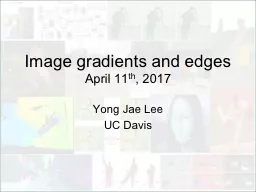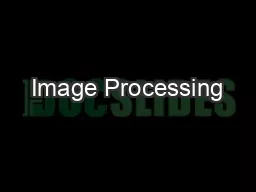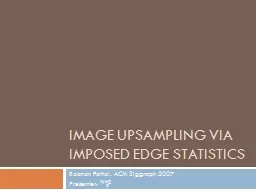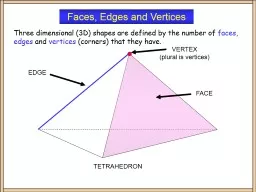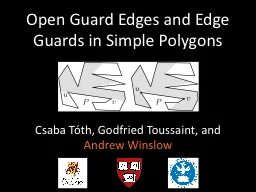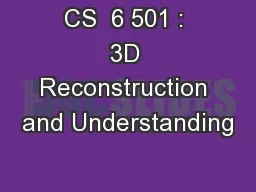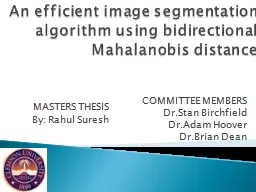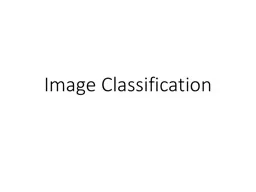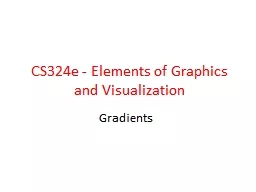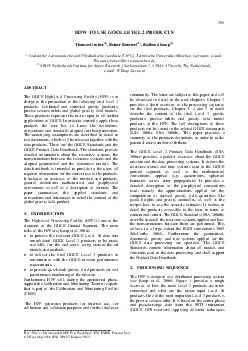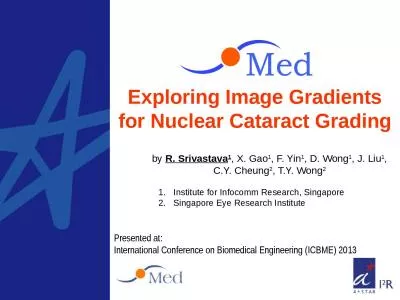PPT-Image gradients and edges
Author : stefany-barnette | Published Date : 2018-09-23
April 11 th 2017 Yong Jae Lee UC Davis Announcements PS0 due this Friday Questions 2 Last time Image formation Linear filters and convolution useful for Image smoothing
Presentation Embed Code
Download Presentation
Download Presentation The PPT/PDF document "Image gradients and edges" is the property of its rightful owner. Permission is granted to download and print the materials on this website for personal, non-commercial use only, and to display it on your personal computer provided you do not modify the materials and that you retain all copyright notices contained in the materials. By downloading content from our website, you accept the terms of this agreement.
Image gradients and edges: Transcript
Download Rules Of Document
"Image gradients and edges"The content belongs to its owner. You may download and print it for personal use, without modification, and keep all copyright notices. By downloading, you agree to these terms.
Related Documents

